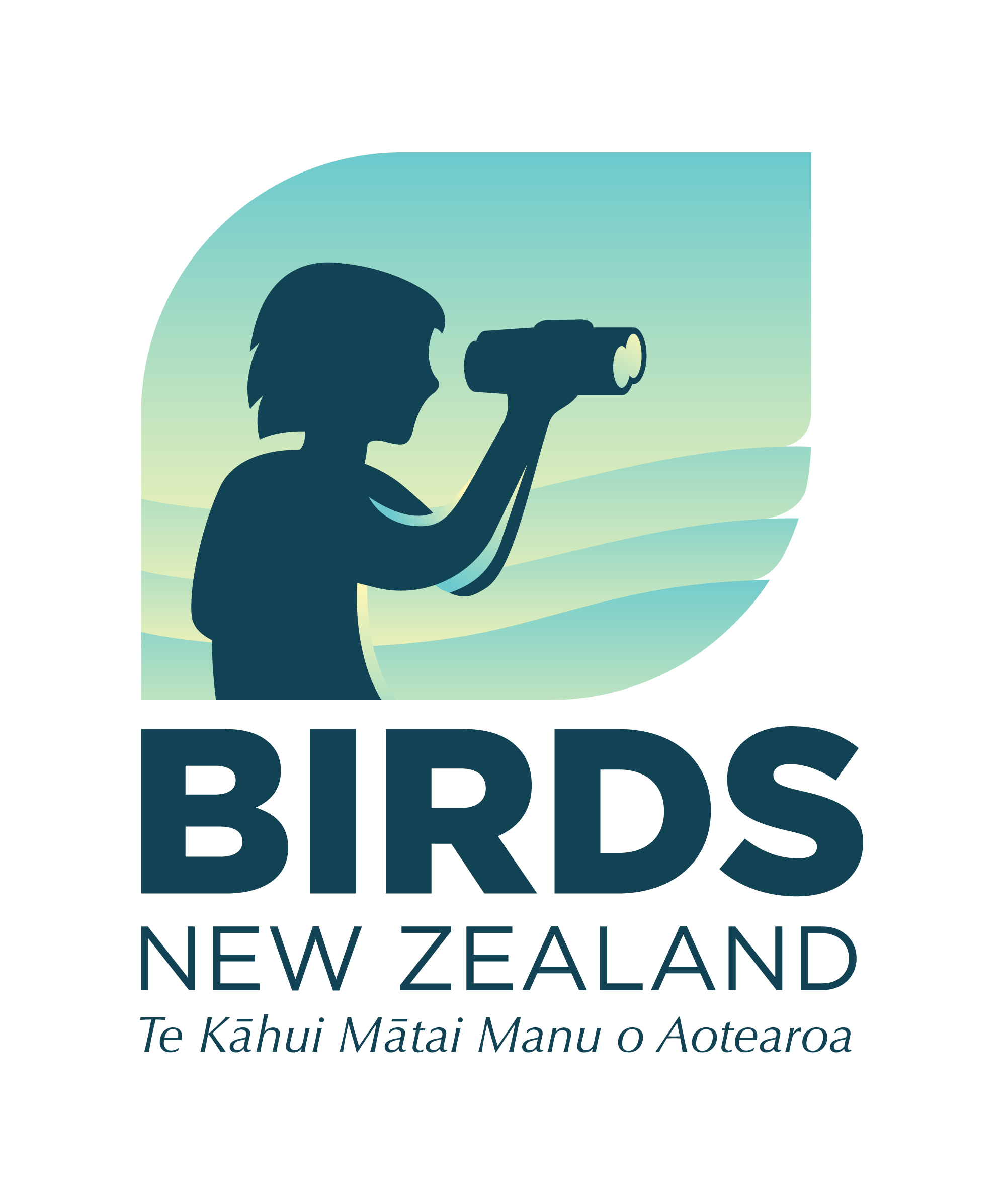Notornis, 21 (1), 1-12
Article Type: Paper
Identifications of moa bones from 25 North Island, 2 D’Urville Island, 38 South Island and 2 Stewart Island archaeological sites are tabulated. In North Island sites the most widely represented genus is Dinornis, known from the north of the North Auckland peninsula to the Wellington area, followed in decreasing order of representation (though not necessarily of abundance at any one site) by Pachyornis, Euryapteryx and Anomalopteryx. In South Island sites Euryapteryx is the predominant genus, followed in decreasing order of abundance by Emeus, Dinornis, Pachyornis, Anomalopteryx and Megalapteryx. Dinornis, common all along the South Island east coast before the arrival of Man, is not known from archaeological sites on this coast north of Christchurch. Man was probably responsible for the final extinction of at least the larger moas, though natural causes may have con- tributed to a general decline in numbers.
